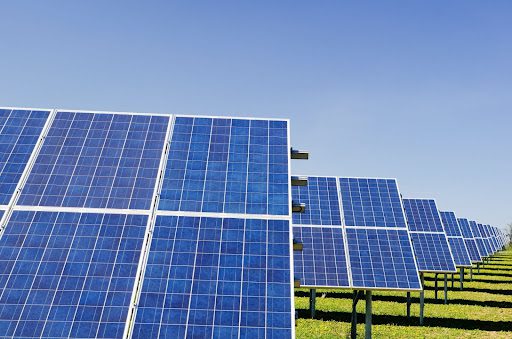In the quest for clean and sustainable energy, floating solar panels have emerged as a promising solution. Also known as floatovoltaics, these solar panels are installed on water bodies such as lakes, ponds, reservoirs and even the ocean. The idea of floating solar panels is not new, the first installation was done in California in 2007, and since then, the technology has been advancing rapidly.
Floating solar panels offer several advantages over traditional land-based solar panels. One of the most significant advantages is that they don’t take up valuable land space. With the increasing demand for land for agriculture, housing, and other purposes, it is becoming increasingly challenging to find large tracts of land for solar farms. By using water bodies, floating solar panels can be installed without taking up any land space.
Additionally, floating solar panels are more efficient than land-based solar panels. Water cools the solar panels, which improves their efficiency and extends their lifespan. Also, water bodies often have fewer obstructions such as buildings, tress or hills which can cast shadows on solar panels and reduce their efficiency. This makes floating solar panels ideal for areas with limited land space or shading issues.
Floating solar panels are also more environmentally friendly than traditional solar panels. They reduce water evaporation and limit algae growth which helps preserve the water body’s ecosystem. Additionally, they reduce the amount of water lost through evaporation which can be significant in arid regions. Another advantage of floating solar panels is that they can be installed close to the demand centers, reducing the energy losses incurred during transmission.
However floating solar panels also have some challenges. The installation and maintenance costs are higher than traditional land-based solar panels and the technology is relatively new, which means that there is less operational experience. There is also the risk of water damage to the panels during extreme weather conditions such as storms or floods.
Despite these challenges the potential of floating solar panels is enormous. According to the World Bank there is an estimated potential of 400 GW of floating solar energy capacity globally. In 2019, the world’s largest floating solar farm with a capacity of 150 MW was installed in China. The project covers an area of 1,500 acres and consists of 1.2 million solar panels. The United States in fact has 5 floating solar panel projects currently ongoing across 4 different states including Massachusetts, Rhode Island, New Jersey, California and Oregon.
Floating solar panels can also be installed in offshore locations, where wind turbines are typically located. This makes it possible to produce both wind and solar energy in the same location, maximizing the use of available resources.
Overall floating solar panels are an intuitive solution to clean energy production in the future. As technology advances and costs decrease, we can expect to see more floating solar panel installations worldwide, contributing to a greener and more sustainable future. For more information on this topic check out the article in Smithsonian Magazine:

